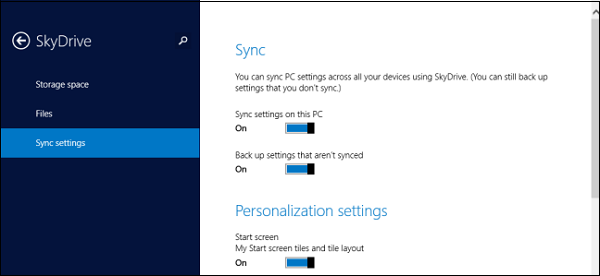


These icons are status icons and they allow you to transport files from your device to SharePoint Online. Once your Files-on-Demand feature is enabled, you’ll see a few new icons beside your SharePoint files. Within it, there will be a checkbox that says ‘save space and download files as you use them’ check the box. From here you should be able to see a header that is clearly marked as Files-on-Demand.Find the ‘ settings’ tab within your account settings window.This might automatically open a new window, in which you’ll see your OneDrive account. Next, you’ll want to right-click on the icon and select ‘settings’.If you cannot find it due to the number of programs running on your system, expand the notification that is found on your taskbar and continue your search. Locate the OneDrive icon on your taskbar, which is located at the bottom of your computer screen.If you don’t yet have this capability, there are a number of easy steps you can take to download and get it set up yourself- no more waiting. Most Windows PCs have undergone an update that includes the addition of this feature. It is a 1 or 2 GB folder that contains shortcuts to every document stored on your OneDrive- even if you have thousands of gigabytes of files banked. The feature is essentially a placeholder. Downloading takes up space on the hard drive and, after a while, can slow the system down.įiles-on-Demand was originally a Windows 8.1 feature, but it has recently been updated and added to Windows 10. OneDrive’s handy feature, Files-on-Demand, makes it easy for OneDrive users to access their files without having to download them.


 0 kommentar(er)
0 kommentar(er)
